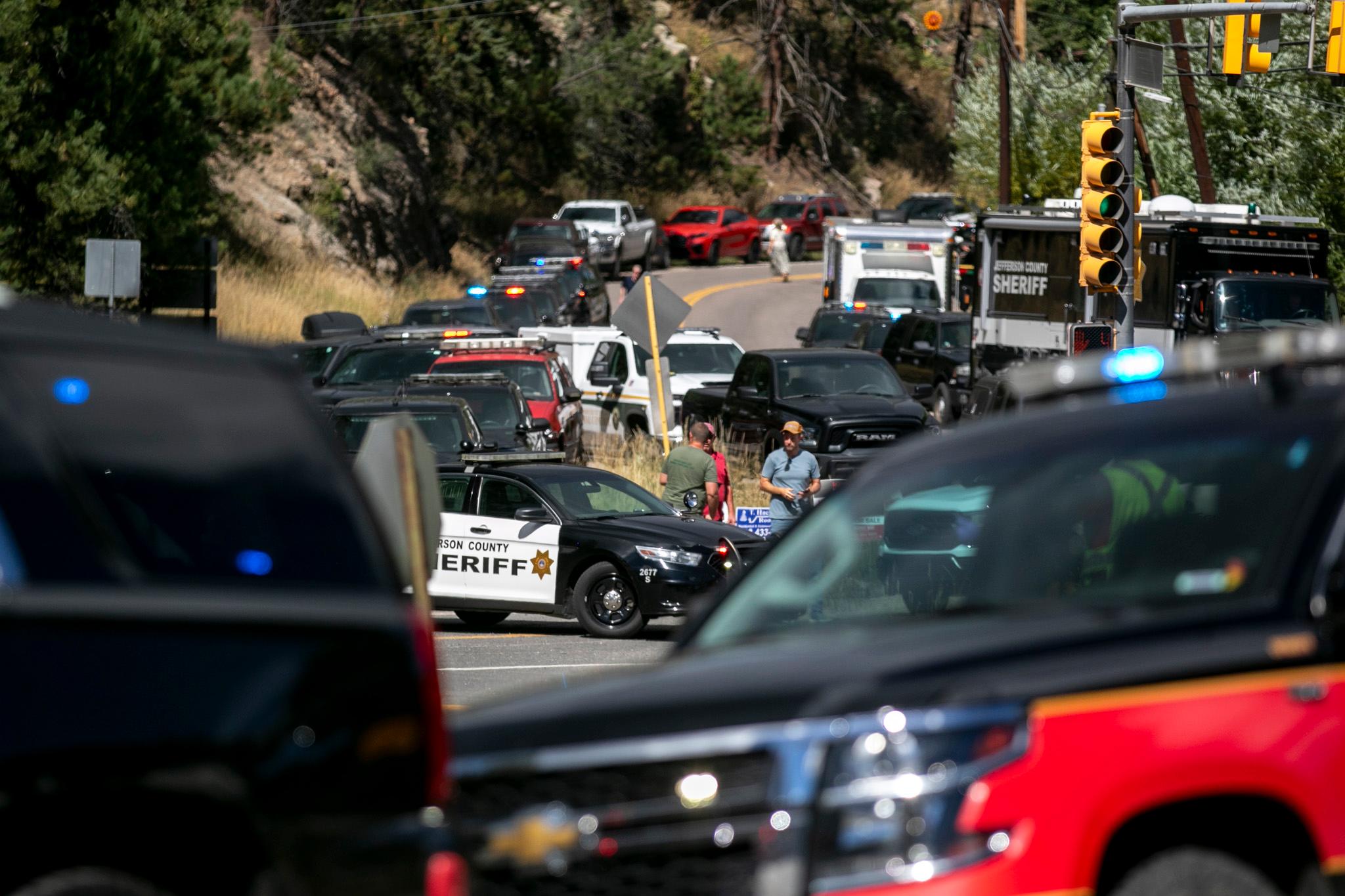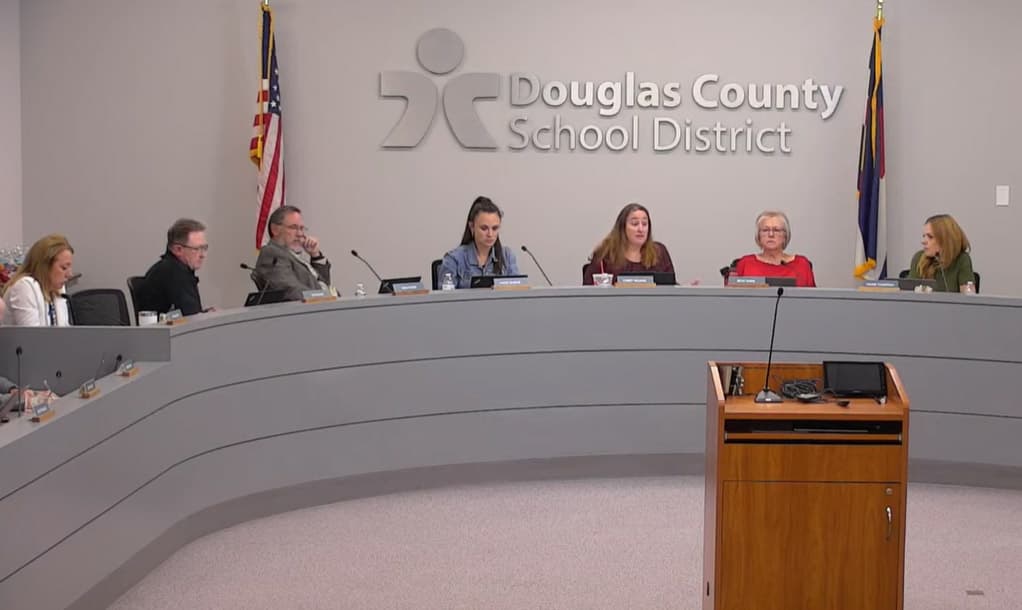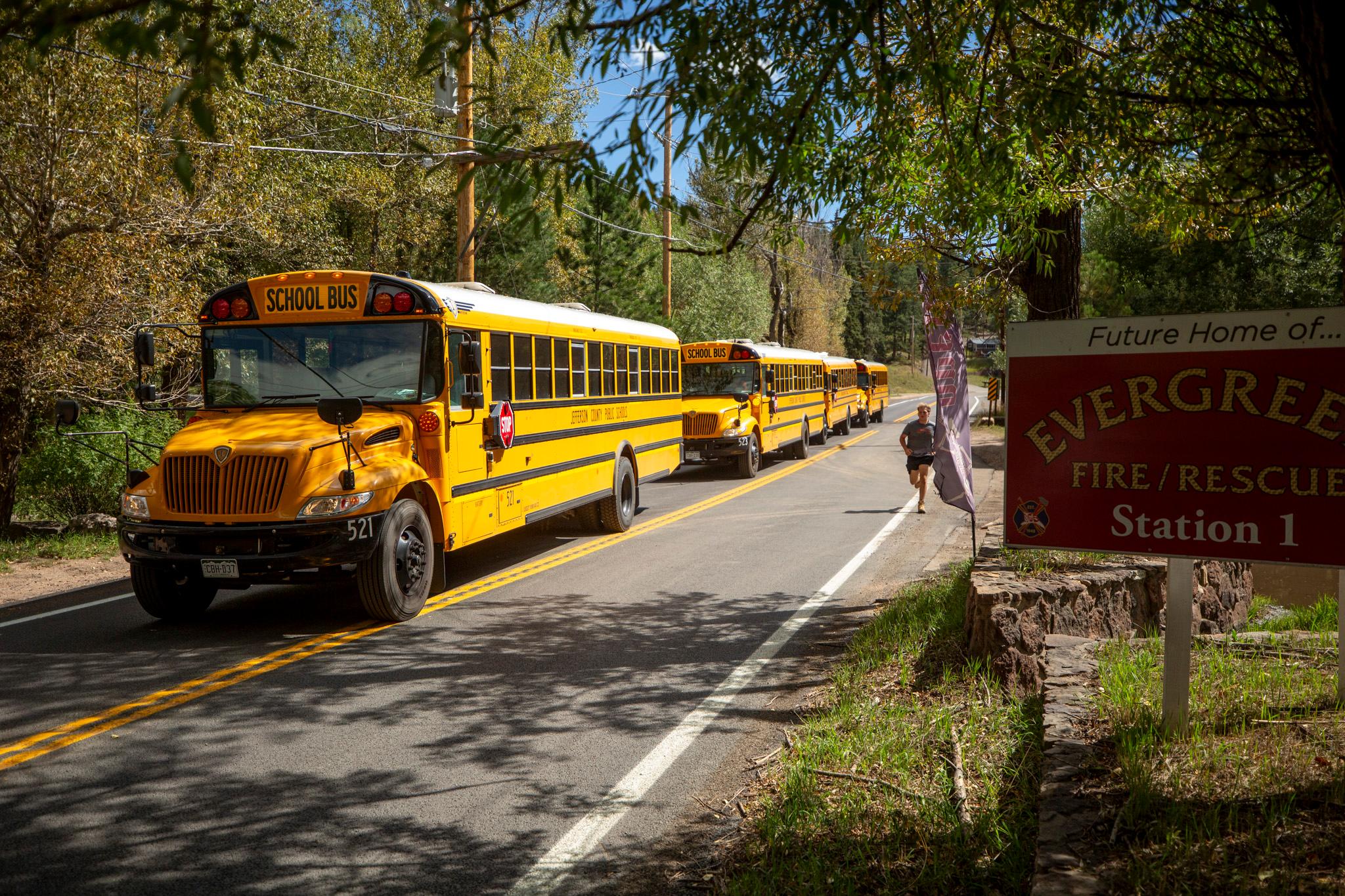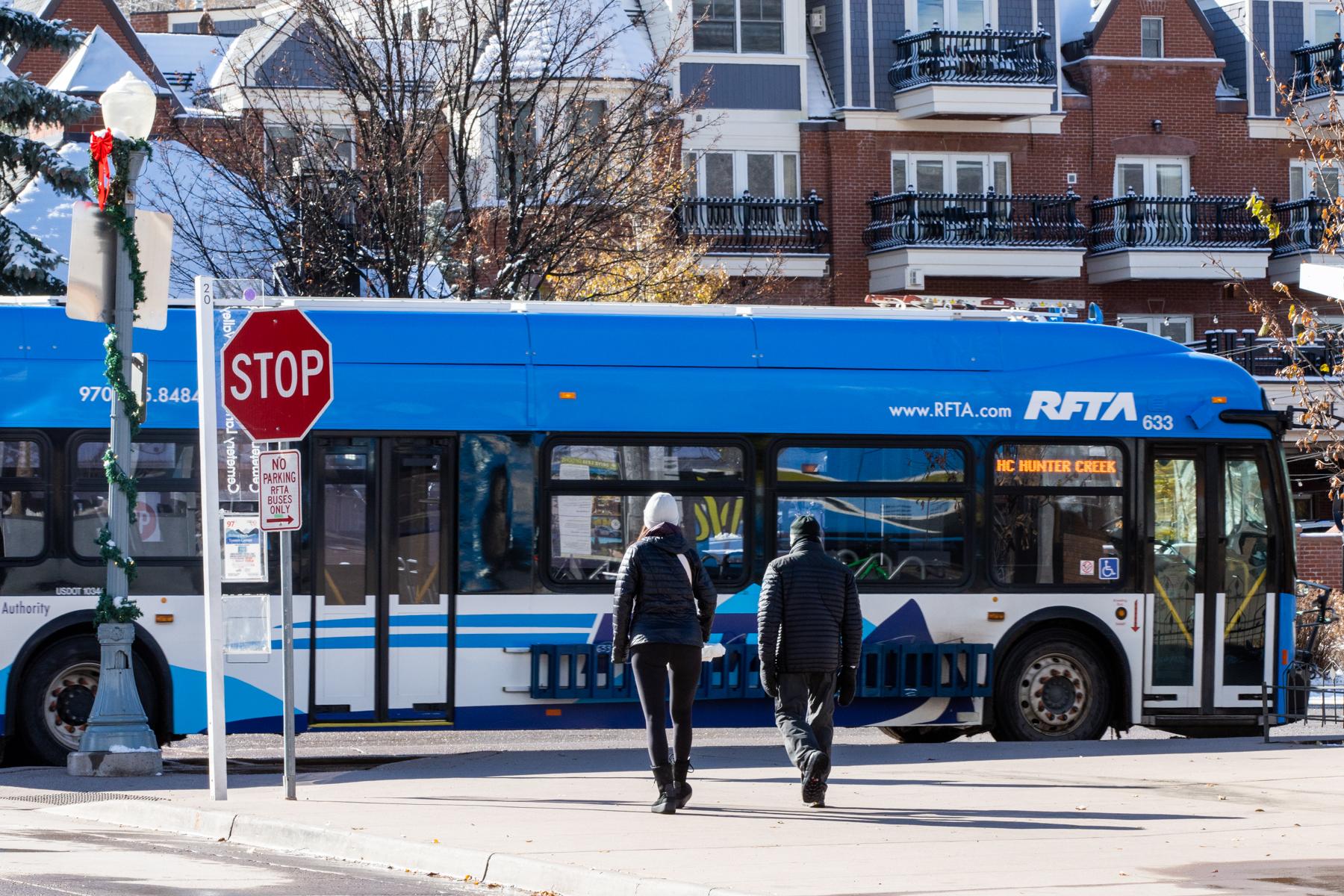
The Colorado Department of Transportation has new ambitious long-term goals of reducing the number of vehicle miles traveled and traffic deaths, better maintenance of roads and a significant increase in public transit across the state.
The state Transportation Commission, which sets policies for CDOT, adopted the policy directive on Thursday to the applause of transit and environmental advocates and some climate-conscious local elected officials.
Other elected leaders, however — particularly from quickly growing areas along the Front Range — criticized the goals, saying they left out what they see as the state’s biggest transportation need: bigger roads.
CDOT officials framed the updated goals, which will guide them as they choose how to spend taxpayer dollars, allowing it to balance a greater emphasis on safety, maintenance and climate-friendly transportation while continuing to expand highways “when the situation clearly requires it.”
The department is currently widening Interstate 70 at Floyd Hill west of Denver and will likely expand Interstate 270 in the metro area, Darius Pakbaz, who directs CDOT’s division of transportation development, told the Transportation Commission.
“This type of balanced approach will remain important to follow as Colorado catches up on decades of deferred maintenance,” he said.
In reality, the goals amount to a deepening of the direction that Gov. Jared Polis and his CDOT Executive Director Shoshana Lew have taken the department in since she took over in 2019.
The new goals are focused on three main areas.
The first is safety.
In 2023, 716 people were killed on Colorado roads. CDOT’s new goal is for traffic fatalities and serious injuries to fall by half before 2037. The department also wants to cut by half the number of fatalities and serious injuries to pedestrians, cyclists and other vulnerable road users.
The second is maintenance.
CDOT says no more than 1 percent of interstate pavement should be in poor condition and 80 percent of state highways should have high or moderate “drivability life” — a CDOT measurement for pavement quality.
The third is climate-friendly transportation.
CDOT wants to reduce transportation greenhouse gas emissions by 60 percent by 2037, compared to 2005 levels. Transit service offered by CDOT and local agencies will increase by 66.7 million miles by 2037, an increase of about 83 percent of 2023 levels. And the department will reduce vehicle miles traveled by 1 percent per capita every year.
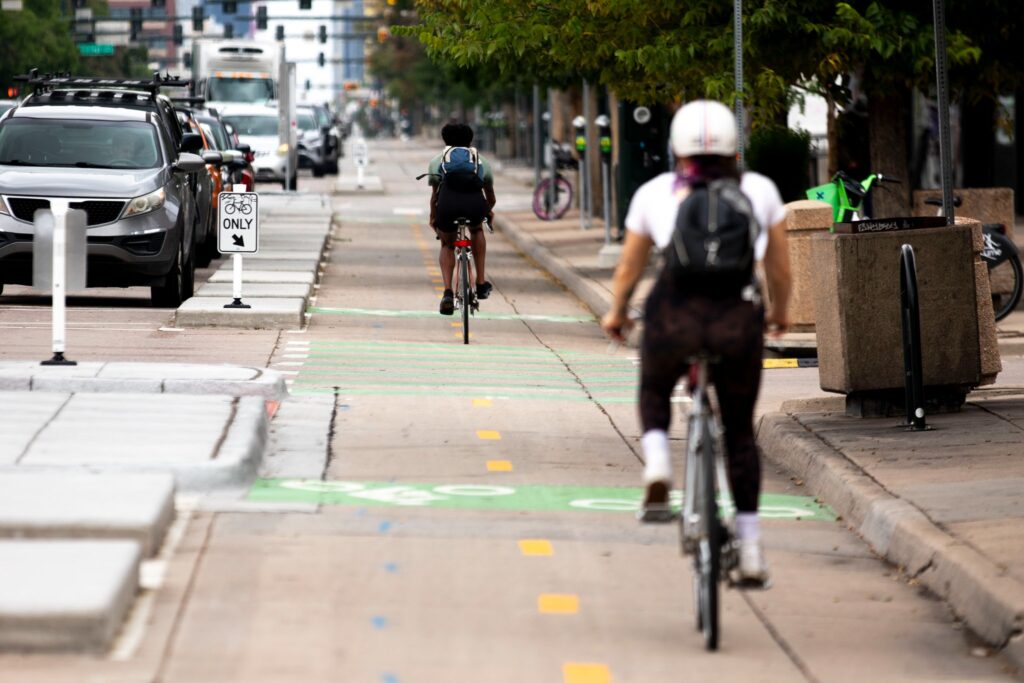

Various new laws and directives by CDOT itself, from lowering speed limits to the accounting of climate emissions when planning projects, have already pushed the department in a more transit-forward, environmentally friendly direction in recent years.
But the state is still struggling to meet its first big climate goals, largely because of the planet-warming emissions from personal vehicles. And traffic deaths remain high. So advocates applauded CDOT for adopting its new goals that they hope will lead to more spending on transit and traffic safety measures and less on highways.
“You don’t get many kudos or attaboys in your work, but I thank you,” Lance Waring, a San Miguel County commissioner and board member of Colorado Communities for Climate Action, told the transportation commission.
Other progressive groups, including the Southwest Energy Efficiency Project, the Colorado Public Interest Research Group, People for Bikes, and the Natural Resources Defense Council also spoke in favor of the new goals at this week’s commission meeting.
Plenty of other local elected officials did not have kudos to share, though
The governor-appointed Transportation Commission passed the new goals Thursday by a near-unanimous vote. A CDOT advisory group, however, mostly made up of local elected officials, did not endorse the goals at a meeting earlier this month.
Several officials from areas like Colorado Springs that have grown rapidly in recent years, mostly by sprawling outward in a car-dependent fashion, worried that they would result in CDOT abandoning road expansion projects and were skeptical of the utility of public transit.
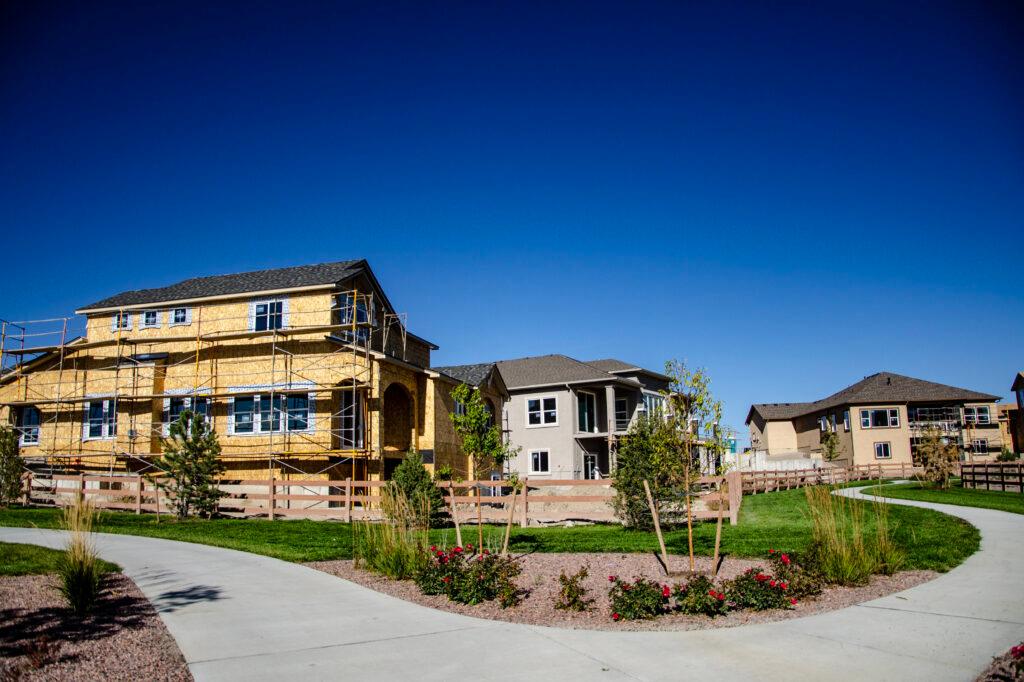

“I’m just real frustrated that there is not a willingness to commit dollars into road building,” said El Paso County Commissioner Holly Williams. “We Coloradans, we just love our cars.”
Commissioner Steve O’Dorisio of Adams County said reducing driving is a fine goal, but added that there are lots of blue-collar workers in his community that simply need to drive.
“People start their day, they grab their lunch pail and they grab their tool belt and they drive around their communities or their regions in white trucks and help people by turning wrenches and swinging hammers,” he said.
Elected officials from northern Colorado also pleaded with the Transportation Commission to recognize the “critical importance” of road expansion projects there.
“We believe aligning transportation policies with the diverse needs of Colorado’s rapidly growing areas is vital” for both CDOT and the state’s prosperity, Loveland Mayor Pro Tem Jon Mallo, who spoke on behalf of local governments from the area, told the commission.
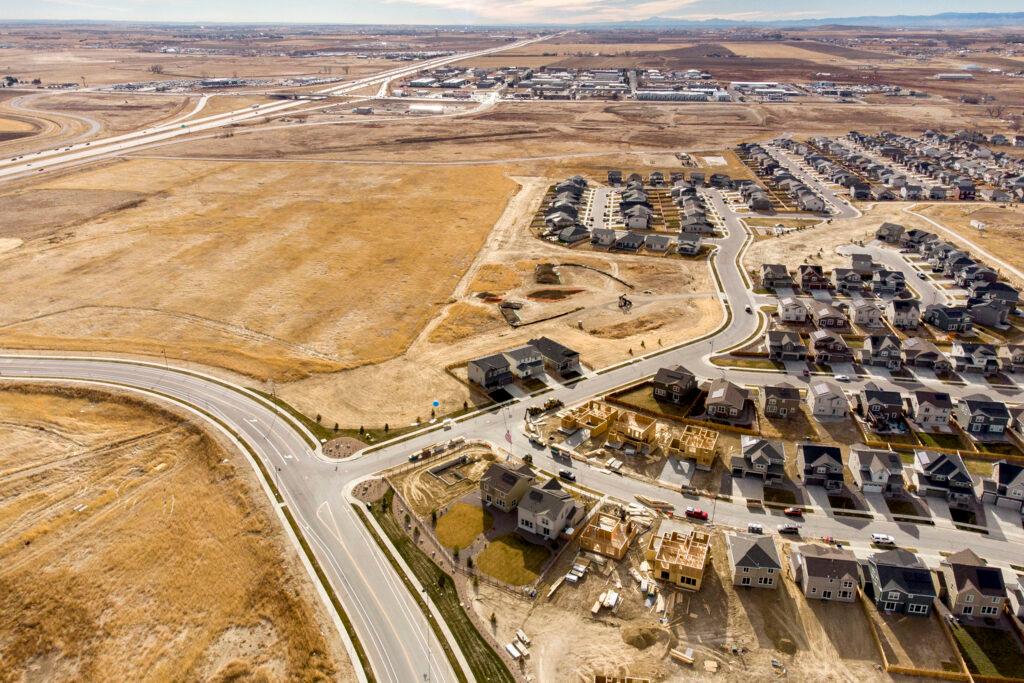

Some commissioners considered postponing a vote to allow for more discussion and adjustments. But the board ultimately adopted them as scheduled, with some members saying it succeeds in setting statewide priorities while respecting the needs of individual regions.
“It’s tough; you never know if you made that balance correctly,” said Commission Chair Terry Hart, adding that the goals are a “living document” that can change over time.

